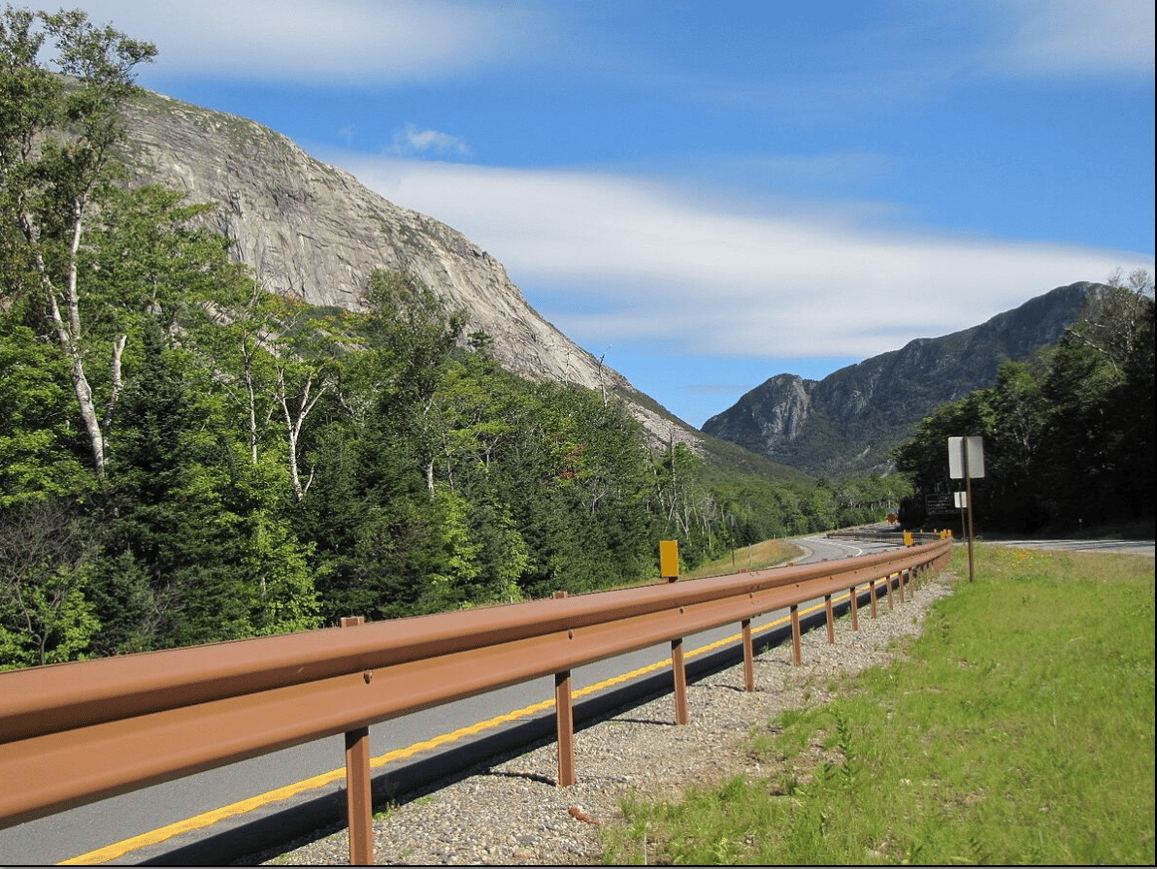Powder Coating

For engineers and architects looking to create high-quality painted steel components, there’s no better method than the powder coating over hot dip process. For many years, designers had to rely on using galvanization or paint alone to protect their steel components. Duncan Galvanizing revolutionized the metal powder coating industry by developing and patenting the Colorgalv® Thermoset duplex coating process. This powder coating on hot dip galvanizing process provides exceptional flexibility to designers through a wide color palette and long part life.
What is Powder Coating on Hot Dip Galvanized Steel?
Powder coating over hot dip galvanizing is a two step coating process. In the first step, the steel part is galvanized with a layer of zinc. The zinc layer provides cathodic and barrier protection, preventing the steel from oxidizing, resulting in a longer part life. Galvanizing is a four-step process that requires exceptional attention to details and procedures to ensure quality in the finished part. Duncan Galvanizing uses a hot dip galvanizing process under strict quality control to ensure conformance to ASTM standards.
The second step is the application of a powder coating to the galvanized part. The powder coating is applied to the part and heat cured, which bonds the powder to the galvanized part. The finished metal powder coating protects both the steel part and the galvanized layer, and provides an attractive exterior finish to the part. This process can be difficult to perform properly if quality control procedures are not in place, and can result in uneven coating and pinhole spots where the coating does not adhere. In order to maintain quality, powder coating must be performed within 12 hours of the part being galvanized and all parts have to be free of dust or grease.
Why Use a Duplex Process?
The combination of the two surface finishes provides a much longer life of the part than using either of the processes alone. Parts that are only painted can experience blistering and peeling as moisture gets under the paint layer and rusts the steel. While galvanizing prevents the steel from oxidizing, the topcoat, whether it is paint or powder, will act as a barrier providing additional protection from the elements. and is known as a "synergistic" effect. According to the Society of Protective Coatings (SSPC) and the American Galvanizers Association (AGA), coating steel parts with a duplex process can increase the service life of the part by as much as two and a half times the life of either coating alone.
Using powder coating over hot dip galvanizing for your steel parts can also help you earn LEED credits, including Credit 3.1 – Construction Indoor Air Quality, During Construction, Credit 3.2 – Construction Indoor Air Quality, Before Occupancy, Credit 4.2 – Low-Emitting Materials, Paints. The metal powder coating process results in no wasted paint, and since Duncan does all of its coating in it's factory, the distance materials need to be shipped from plant to jobsite is reduced. Steel parts can always be recycled, and the zinc coating can be recovered during the recycling process.
The Colorgalv® Powder Coating over Hot Dip Process
Duncan’s ColorgalvThermoset process provides a much higher quality result than simply painting over galvanizing. Side by side comparisons show that steel parts coated using the Colorgalv®Thermoset process significantly outlast painted galvanized steel parts. Since the initial cost for Colorgalv®Thermoset coating is comparable to other coating methods, Colorgalv® provides a much greater value over time. Parts coated with Colorgalv® are warranteed against rust for 20 years. System is available in a variety of formulas depending upon application and environment. Consult your Duncan representative for your specific needs. Duncan offers over 80 designer colors, allowing your coated parts to precisely match your design scheme.

